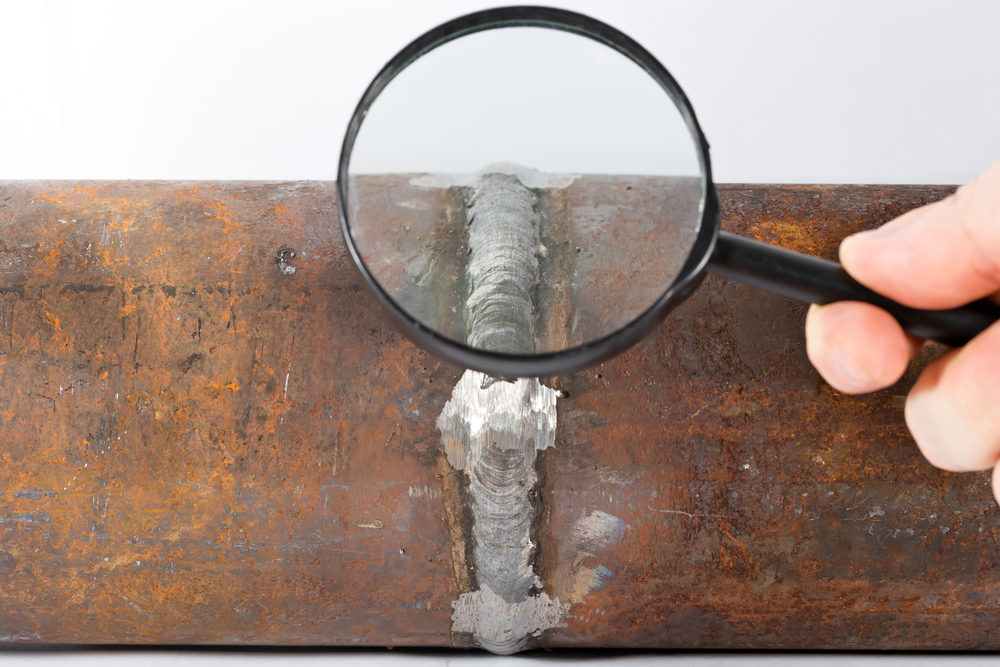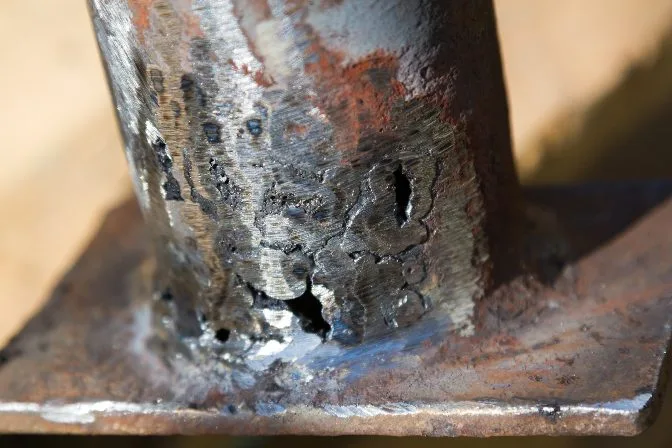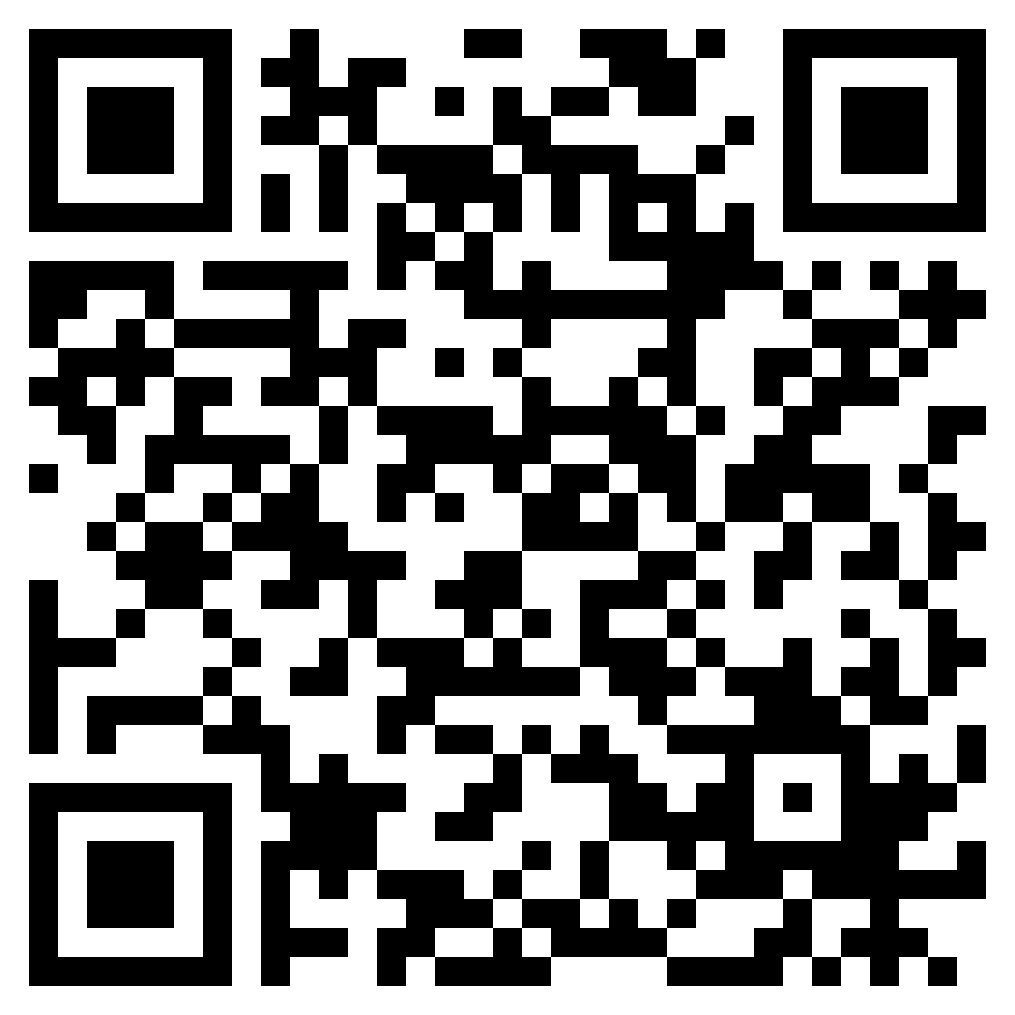How to Prepare for a Welding Inspection Milwaukee Specialists Recommend

Checking Out the Different Approaches and Criteria of Welding Inspection for Getting Conformity and Reliability in Engineering Applications
The importance of welding inspection in engineering applications can not be overstated, as it serves as a critical guard for ensuring architectural integrity and compliance with sector requirements. Various methods, including aesthetic inspection and advanced non-destructive testing strategies, give important insights into the top quality of welds.
Value of Welding Examination
Welding examination plays an essential role in guaranteeing the integrity and safety of welded frameworks. This procedure entails the organized assessment of welds to confirm compliance with established standards and specs. The significance of welding evaluation can not be overemphasized, as it works as a protect against potential failures that might result from insufficient welding methods. With extensive evaluation, defects such as cracks, gaps, and inadequate fusion can be identified early, therefore protecting against disastrous failings that may result in architectural collapse or security risks.
Moreover, welding evaluation is important for keeping quality control throughout the welding procedure. It makes sure that the welds meet the needed mechanical and physical buildings required for their designated applications. Regular examinations additionally foster a culture of responsibility and continual improvement within welding operations, urging adherence to best techniques and market criteria.
In regulated markets such as manufacturing, aerospace, and building and construction, rigid welding evaluation procedures are mandated to adhere to legal and security demands. Eventually, reliable welding examination not only secures human life and residential property yet additionally enhances the durability and reliability of welded structures, making it an indispensable aspect of design and building and construction.

Usual Welding Examination Methods
A selection of examination approaches are utilized to evaluate the top quality and honesty of welds, each customized to find certain sorts of defects. Among the most common methods is aesthetic assessment, which involves an extensive evaluation of the weld surface to recognize noticeable defects such as splits, damages, and insufficient fusion. This approach is commonly the initial step in the evaluation procedure because of its simplicity and cost-effectiveness.
An additional extensively made use of technique is radiographic inspection, where X-rays or gamma rays pass through the weld to reveal inner defects. This technique is especially effective for detecting porosity and incorporations within the weld material. In a similar way, ultrasonic testing uses high-frequency acoustic waves to identify inner defects, giving a comprehensive evaluation of the weld's honesty.
Additionally, magnetic fragment evaluation is made use of for ferromagnetic products, enabling the detection of surface and near-surface flaws by applying electromagnetic fields and observing particle patterns. Finally, color penetrant testing includes applying a fluid dye to the weld surface area, disclosing cracks and other suspensions upon examination. Each of these methods plays an important function in making certain weld quality and compliance with industry requirements
Non-Destructive Checking Methods
Non-destructive screening (NDT) strategies are vital devices in the assessment of weld quality, allowing inspectors to assess the integrity of welded joints without creating damages to the materials. Various NDT methods are utilized to recognize potential defects, guaranteeing that welds fulfill the called for requirements for security and performance.
One of one of the most prevalent strategies is ultrasonic screening (UT), which makes use of high-frequency acoustic waves to discover inner flaws such as cracks or spaces. Radiographic screening (RT) uses X-rays or gamma rays to generate photos of welds, exposing any type of discontinuities within the product. Magnetic bit testing (MT) works for detecting surface and near-surface flaws in ferromagnetic products through the application of electromagnetic fields and contrasting fragments.
Liquid penetrant testing (PT) is another commonly utilized technique that entails applying a color to the surface area of the weld, which seeps into any splits, making them visible under ultraviolet light. Each of these techniques supplies distinct benefits and restrictions, and the option of an appropriate method is essential to accomplishing exact evaluations of weld honesty. Ultimately, the execution of NDT strategies considerably adds to the reliability and security of design applications.

Regulatory Standards and Compliance
In the realm of welding assessment, adherence to regulatory criteria and compliance is critical to make sure the safety and security and dependability of bonded frameworks (Welding Inspection Milwaukee). Different companies, including the American Welding Society (AWS), the American Culture of Mechanical Engineers (ASME), and the International Company for Standardization (ISO), have actually established standards that control welding practices and examination procedures. These criteria offer a structure for quality assurance, describing the required credentials for inspectors and the approaches for examining weld integrity
Compliance with these regulative standards not just enhances the architectural integrity of welded settings up however additionally minimizes risks connected with failings, which can have tragic repercussions. Evaluations must be carried out utilizing specified procedures, consisting of aesthetic, ultrasonic, and radiographic approaches, to make sure that welds meet article specified standards.
Furthermore, adherence to these criteria is frequently called for by legislation, especially in markets such as aerospace, construction, and production. Normal audits and accreditations are crucial to preserve conformity, consequently cultivating a society of safety and security and top quality within organizations. Inevitably, regulative criteria and conformity offer as the foundation of trustworthy welding evaluation techniques, making certain that crafted frameworks satisfy both efficiency assumptions and security needs.
Best Practices for Welding Evaluation
While keeping conformity with regulatory standards is critical, carrying out best techniques for welding inspection better enhances the security and stability of bonded structures. Reliable welding examination starts with complete preparation, that includes understanding the certain requirements of each task and making sure inspectors are well-trained in appropriate techniques and criteria.
Using a detailed inspection list helps to make sure all essential facets are evaluated, such as weld dimension, penetration, and aesthetic flaws. Non-destructive testing (NDT) methods, such as ultrasonic or radiographic testing, should be employed where suitable, supplying a more extensive analysis of weld quality without endangering the stability of the products.
Paperwork plays a substantial function in best practices; maintaining exact documents of inspections, consisting of pictures, examination results, and compliance reports, ensures liability and facilitates future analyses. In addition, cultivating a society of open interaction in between welders and assessors can bring about very early identification of potential issues, advertising immediate restorative activities.
Verdict
In summary, the implementation of extensive welding evaluation approaches and adherence to developed standards are important for ensuring compliance and reliability in design like it applications - Welding Inspection Milwaukee. Strategies such as visual assessment, radiographic screening, and ultrasonic screening work as vital tools in preserving and determining defects quality control. By cultivating a society of responsibility and quality, organizations can improve the integrity and durability of bonded frameworks, inevitably adding to the safety and effectiveness of design tasks
Various approaches, consisting of visual examination and advanced non-destructive screening strategies, offer essential understandings right into the top quality of welds.Welding inspection plays a crucial duty in ensuring the stability and safety of bonded frameworks.A selection of evaluation approaches are employed to examine the top quality and honesty of welds, each customized to spot certain types of defects.An additional widely made use of method is radiographic inspection, where X-rays or gamma rays pass through the weld to reveal inner flaws.In the world of welding assessment, adherence to regulative standards and conformity is paramount to make sure YOURURL.com the security and integrity of bonded frameworks.